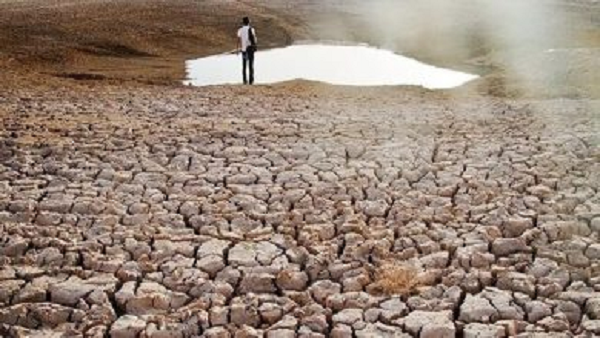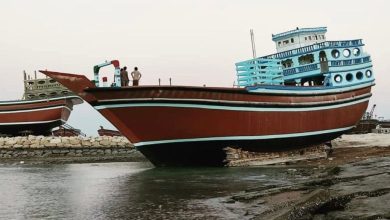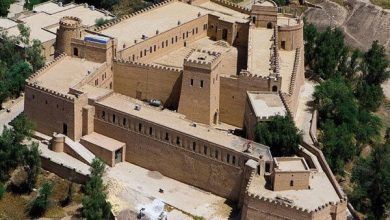
nvironmental Reports: Dam Construction Crisis Threatens Ahwaz’s Ecosystem
The Iranian occupation authorities’ policies on dam construction and the high-powered pumping of groundwater resources have reached a peak over the past three decades, leading to severe depletion of water resources in Ahwaz—a phenomenon observers refer to as water mismanagement.
The marshlands, meadows, and crop fields fed by the waters of the Karoun and Karkheh rivers, flowing from the Zagros Mountains, have now become dust bowls. In a major study on the marshlands in Iraq and Iran, the United Nations Environment Programme concluded: “The cumulative effects of upstream dam construction and intensive drainage schemes within and around the marshlands have been devastating.”
In less than a decade, one of the world’s largest and most important wetland ecosystems has completely collapsed, according to the study.
Estimates indicate that Ahwaz once held one-third of the water resources within what is known as the geography of Iran, through five major rivers. Today, it faces a crisis with shortages of clean and agricultural water.
Ahwaz is the largest source of food crops within the so-called geography of Iran, being the primary producer of wheat (1.1 million tons annually), the second-largest producer of corn (400,000 tons), and rice (300,000 tons). More than 40% of the region’s sugar production, a crucial cash crop, also comes from this province, primarily from sugarcane.
Ali Mohammad Sho’ari, Deputy Head of the Environmental Organization, stated, “500,000 hectares of Ahwaz’s marshlands have dried up, which is the primary cause of sandstorms in the region.”
In Ahwaz, over 700 villages lack access to drinking water, and the Deputy Governor of Ahwaz, Fadel Obeidat, acknowledged that less than 70% of villages have access to safe drinking water.
The drying up of rivers and wetlands in Ahwaz has altered the regional landscape more profoundly than the Iraqi war against Iranian occupation ever did.
The wetlands of Falahiyeh, located 100 kilometers south of Ahwaz, illustrate this transformation: fertile agricultural lands and orchards have been turned into barren desert and suddenly into marshes.
Falahiyeh is one of the first international wetlands registered under the Ramsar Convention in February 1971, covering an area of 300,000 hectares. Ahwaz’s wetlands are crucial habitats for numerous marine species and migratory birds.
However, this ecosystem is threatened by water pollution resulting from the uncontrolled discharge of industrial and agricultural waste. This pollution causes a loss of biodiversity, reduces the number of migratory birds that rely on these waters for feeding and breeding, and destroys agricultural life and the wetland ecosystem.




